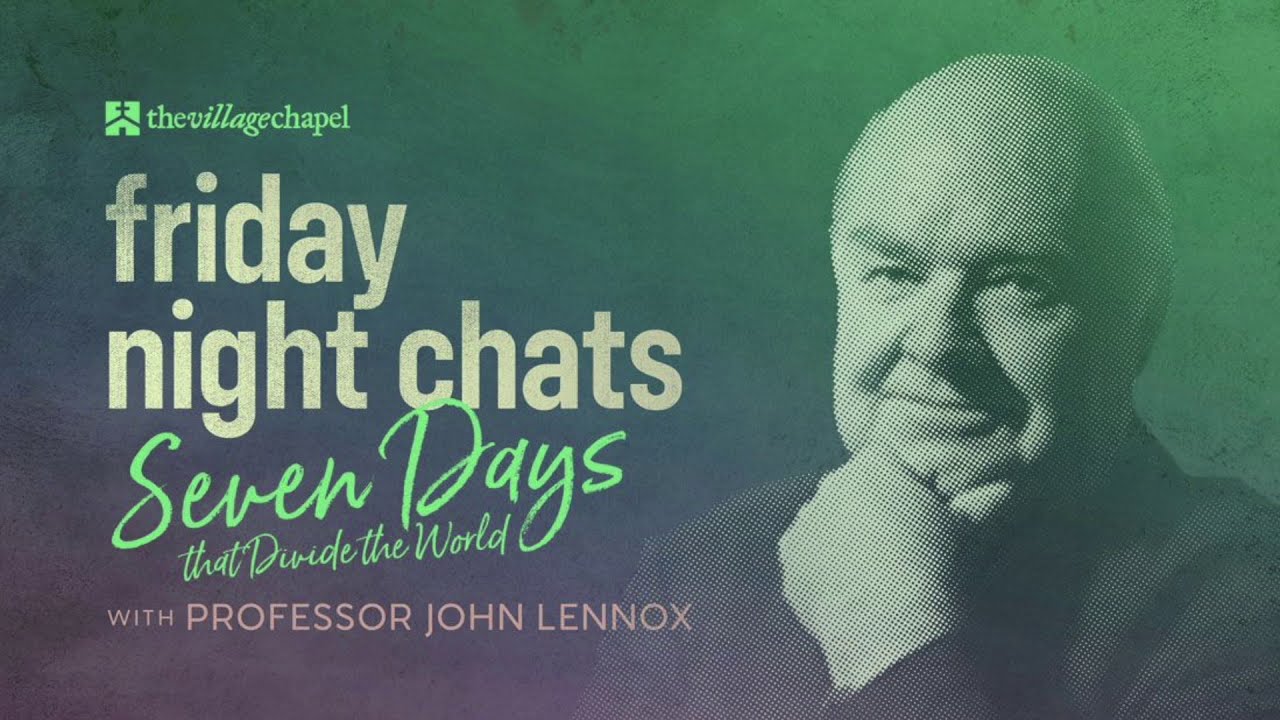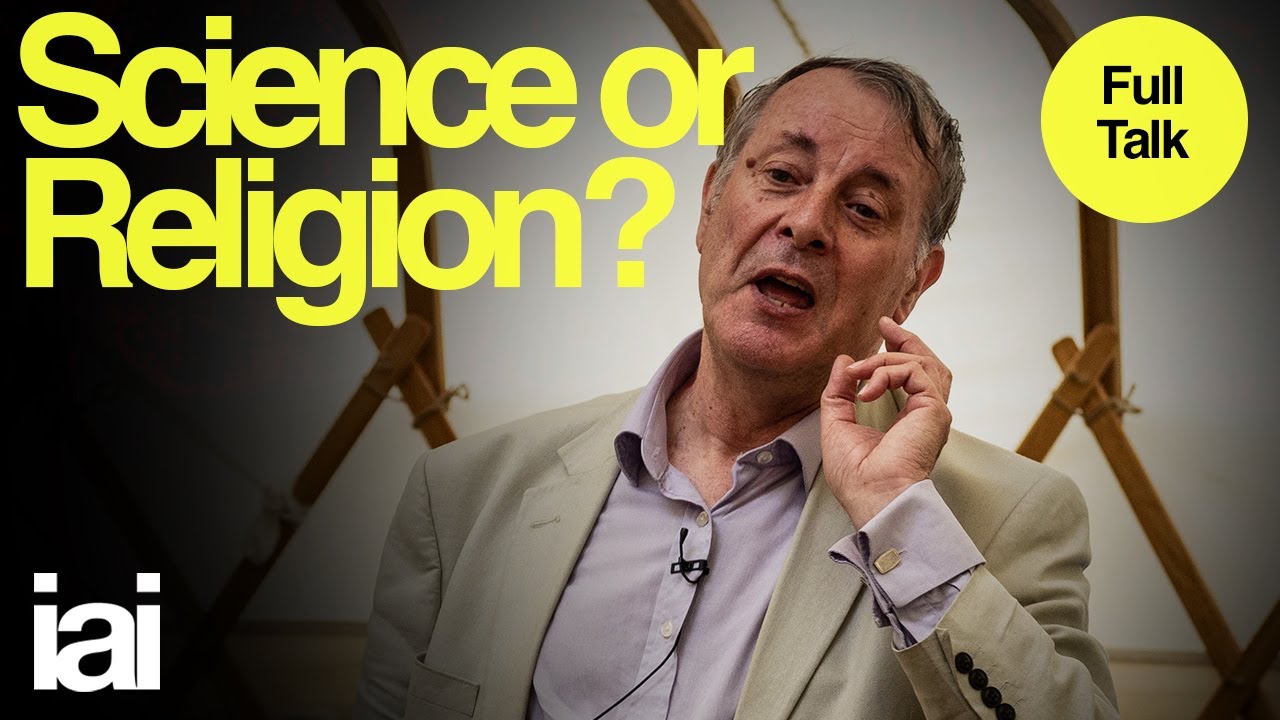Hi @alison,
You’ve given anyone who reads this discussion a lot to think about! What a gift. If it seems appropriate to you, please share my heartfelt gratitude with Dr Pollock for her expert insights.
I note a few different aspects of the discussion:
- The regularities of nature described in the laws of physics, chemistry, and biology. How do we account for these?
- The ongoing scientific research into the origin of life
- The ongoing scientific research into the evolutionary pathways for proteins, all the other bits and bobs, and so on, up to the arrival of entirely new species
- A theological debate among Christians as to the age of the universe and the earth (I’m quite comfortable with the ~14 billion year timeline for the universe).
- The existential questions - what does it all mean?
I’d add to Dr. Pollock’s argument that we aren’t just talking about one bacteria, say, but uncountable numbers. For instance, apparently there can be as much as 2,000 pounds of bacteria in the topsoil of one acre. The abundance of bacteria, of all kinds, across the earth and sea, surely adds to the generative possibilities she raises, and strengthens her case.
At the same time, what we are asked to envision in terms of the emergence of new species due to a stupefying number of accidental changes - still seems impossible.
I’ll share some research on two of these questions.
On the origin of life, Eugene Koonin’s 2017 article, published in Biology Direct, is fascinating.
Here’s one key section:
The crucial question, then, is how was the minimal complexity attained that is required to achieve the threshold replication fidelity. In even the simplest modern systems, such as RNA viruses with the replication fidelity of only ~10^3, replication is catalyzed by a complex protein replicase; even disregarding accessory subunits present in most replicases, the main catalytic subunit is a protein that consists of at least 300 amino acids [20]. The replicase, of course, is produced by translation of the respective mRNA which is mediated by a tremendously complex molecular machinery. Hence the first paradox of OORT [origin(s) of replication and translation] : to attain the minimal complexity required for a biological system to start on the path of biological evolution, a system of a far greater complexity, i.e., a highly evolved one, appears to be required. How such a system could evolve, is a puzzle that defeats conventional evolutionary thinking.
The commonly considered solution is the RNA world scenario, i.e., the notion that replication evolved before translation such that the earliest stage of life’s evolution was a versatile community of replicating RNA molecules [21-23]. A central element of the RNA world is a replicase consisting of RNA. The RNA world concept is supported by the experimental discovery of diverse catalytic activities of ribozymes (catalytic RNAs) [24-27]. However, all the advances of ribozymology notwithstanding, the prospects of a bona fide ribozyme replicase remain dim as the ribozymes designed for that purposes are capable, at best, of the addition of ~10 nucleotides to a oligonucleotide primer, at a very slow rate and with fidelity at least an order magnitude below that required for the replication of relatively long RNA molecules [28,29]. As recently noticed by one of the leading RNA world explorers, “Despite valiant efforts,…it appears unlikely that this particular polymerase enzyme will ever be evolved to the point that it can copy RNA molecules as long as itself (~200 nucleotides)” [30]. Of course, it remains possible – and this is, indeed, the belief in the RNA world community – that other ribozymes are eventually evolved to that level; however, the evidence is lacking.
The second paradox of OORT pertains to the origin of the translation system from within the RNA world via a Darwinian evolutionary process: until the translation system produces functional proteins, there is no obvious selective advantage to the evolution of any parts of this elaborate (even in its most primitive form) molecular machine. Conceptually, this paradox is closely related to the general problem of the evolution of complex systems that was first recognized by Darwin in his famous discussion of the evolution of the eye [16]. The solution sketched by Darwin centered around the evolutionary refinement of a primitive version of the function of the complex organ; subsequently, the importance of the exaptation route for the evolution of complex systems has been realized [18]. However, origin of translation resists both lines of reasoning. Primitive translation in a protein-free system is conceivable as an intermediate stage of evolution (see below) but this does not resolve the paradox because, even for that form of translation to function, the core components must have been in place already. Speculative scenarios have been developed on the basis of the idea that even short peptides could provide selective advantage to an evolving system in the RNA world by stabilizing RNA molecules, affecting their conformations or enhancing their catalytic activities [31-33] (see Ref. [34] for an attempt of a synthesis on this direction in the study of translation origins). These ideas are compatible with observed effects of peptides on ribozyme activity [35] but none of the scenarios is complete or supported by any specific evidence, and all include reactions without precedent in modern biological or model systems.
In other words, the chances are so astronomical that Koonin proposes an infinite number of universes to make the math work! As his conclusion states:
The MWO version of the cosmological model of eternal inflation could suggest a way out of this conundrum because, in an infinite multiverse with a finite number of distinct macroscopic histories (each repeated an infinite number of times), emergence of even highly complex systems by chance is not just possible but inevitable.
The origin of life presents an incredible paradox:
- Until you have replication, there’s no selection.
- But to get replication, you need (among other things) to select a protein with 300 amino acids arranged in precisely the right way.
- And no one and nothing is trying to achieve selection or replication. So its emergence must be due to sheer chance.
- And even when the most brilliant teams of scientists, aided by powerful computers, attempt to harness their intelligence to recreate these origin of life conditions in highly controlled laboratories, they are unable to do so.
Based on my amateur understanding of the issue, I find the origin of life question to be one that is very suggestive of a Creator.
Secondarily, on the evolution of proteins (and species).
In one paper that Dr. Axe cites, the transition needed from one protein structure to another is basically impossible. Here’s their conclusion (revised version): “Only under the unrealistically favorable assumption that kbl duplicates carry no fitness cost does the Kbl→BioF conversion fall just within the limits of feasibility.”
And of course, what’s needed are lots and lots and lots of proteins to evolve, in every evolutionary branch, to realize the incredible biodiversity that is all around us.
Consider how Michael Behe has made the point:
Darwinists overlook the considerable power of the example of the relatively minor changes in HIV: there have been a truly astronomical number of copies produced in just the past fifty years or so. And because of its much increased mutation rate, it has undergone in the past half century as many of some kinds of mutations as all the cells have undergone in the history of the world. If Darwinism had the power that its boosters claim, we should expect to see truly fundamental changes. Yet despite the enormous number of opportunities, only minor changes have appeared. That is very strong evidence of the strict limits on what Darwinian processes can accomplish.
There’s another issue as well: species require new body plans, not just new proteins. But thankfully, gene regulatory networks tightly control the development of embryos. For instance, we often call mutations in this process birth defects — some of which are fatal. In Undeniable, Dr. Axe shares this metaphor, which I find helpful:
For an iPhone 5 to be converted into an iPhone 6 by upgrading its operating system is categorically impossible—with or without insight. Extending that principle to life would take us beyond our conclusion that modern life can’t be the product of accidental mutations—implying it can’t be the product of mutations at all.
Even if iPhones could self-replicate, it would be hard for them to add a new kind of antenna, or a GPS receiver, or an additional camera. That kind of new functionality is added through intelligent engineering - never by random happenstance.
I’m very interested to learn more about this subject and welcome all kinds of disagreement and challenges to these examples!

